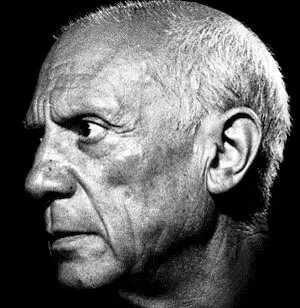At the tender age of 15, Pablo Picasso unveiled this remarkable artwork to the world.

Four years later, on his 19th birthday, Picasso took a bold step. He bid farewell to his family in Spain and embarked on a journey to Paris, the vibrant epicenter of European art during that era. Despite grappling with a limited grasp of the French language and financial constraints, he found solace sharing a modest studio with fellow struggling artists, all united by their common dream of sustaining themselves through their artistic creations.
Picasso initially tasted success in the Parisian art scene. However, a tragic turn of events shattered his world when his close friend, Carlos Casagemas, took his own life. This devastating loss left Picasso in a state of melancholy, which began to seep into his artwork, predominantly cloaked in shades of blue and blue-green. As a result, his art dealer's faith in him began to waver.

Battling financial adversity, Picasso returned to Barcelona, where he faced the harsh critique of his father, who dismissed his prospects as a painter. Despite these discouragements, Picasso summoned the courage to make a triumphant return to Paris a year later, determined to rekindle his artistic ambitions.
This time, fortune smiled upon him. In November 1904, his talent caught the discerning eye of Gertrude Stein, a wealthy American heiress, who promptly acquired ten of his paintings for the sum of 800 francs. Additionally, she commissioned Picasso to immortalize her in a portrait, which would later become the iconic "Portrait of Gertrude Stein."
Comments
Post a Comment